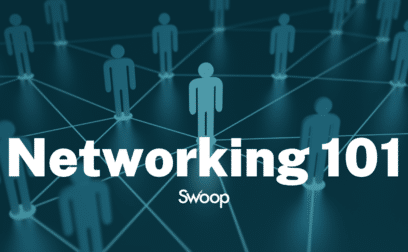Definition
Vertical integration is a business strategy in which a company expands its operations across different stages of the same industry’s value chain.
What is vertical integration?
This means the company takes control over multiple aspects of the production and distribution process, often including activities such as sourcing raw materials, manufacturing, distribution, and retail.
Vertical integration allows a company to have greater control over its supply chain, ensuring a consistent and reliable supply of inputs. By internalising certain stages of production or distribution, a company may be able to reduce costs associated with external suppliers or distributors.
With direct control over various stages of production, a company can maintain higher quality standards and ensure that its products meet specific criteria. Furthermore, vertical integration can create a unique advantage in the market, making it harder for competitors to replicate the same level of control and efficiency.
On the other hand, operating multiple stages of the value chain can be complex and requires strong management capabilities to oversee diverse functions. Vertical integration often requires significant investment, both in terms of acquiring or building new facilities and in ongoing operational costs.
If not executed carefully, vertical integration can lead to overextension, diverting resources away from the company’s core competencies.
Types of vertical integration
There are different types of vertical integration. These include:
- Backward integration: This occurs when a company moves “backwards” in the production process by acquiring or controlling businesses that supply the inputs or raw materials needed for its own production.
- Forward integration: This involves moving “forward” in the production process by acquiring or controlling businesses involved in the distribution or sale of the company’s products or services.
- Balanced integration: This involves both upstream and downstream control. Naturally, this can occur only when a company sits somewhere in the middle of a supply chain (rather than at one end or the other)
- Disintermediation: This removes middlemen from supply chains, usually to get closer to the customer but always to reduce costs and increase efficiencies.
Vertical integration vs. horizontal integration
Vertical integration involves controlling different stages of production or distribution within an industry. It can be backward (upstream) or forward (downstream). For example, a company might own suppliers or retail outlets.
Horizontal integration, in contrast, involves merging with or acquiring competitors at the same stage of the production or distribution process. This strategy aims to expand market share, reduce competition, or achieve economies of scale.
Both integration strategies aim to strengthen a company’s position in the market, but they differ in their focus on controlling different stages vertically versus consolidating within the same stage horizontally.
Example of vertical integration
Imagine a company that manufactures smartphones. Initially, this company may outsource the production of various components. However, as the company grows and seeks greater control over its supply chain, it decides to pursue vertical integration.
The company begins by buying a screen manufacturing company, allowing it to produce screens in-house rather than relying on external suppliers. Next, the company acquires a semiconductor manufacturing company to produce its own processors. By vertically integrating into semiconductor manufacturing, the company can ensure a steady supply of high-quality processors tailored to its smartphone specifications.
Through vertical integration, the company gains greater control over its supply chain, reduces dependency on external suppliers, improves efficiency, and enhances its competitive position in the market.
































 yet? Register here!
yet? Register here!